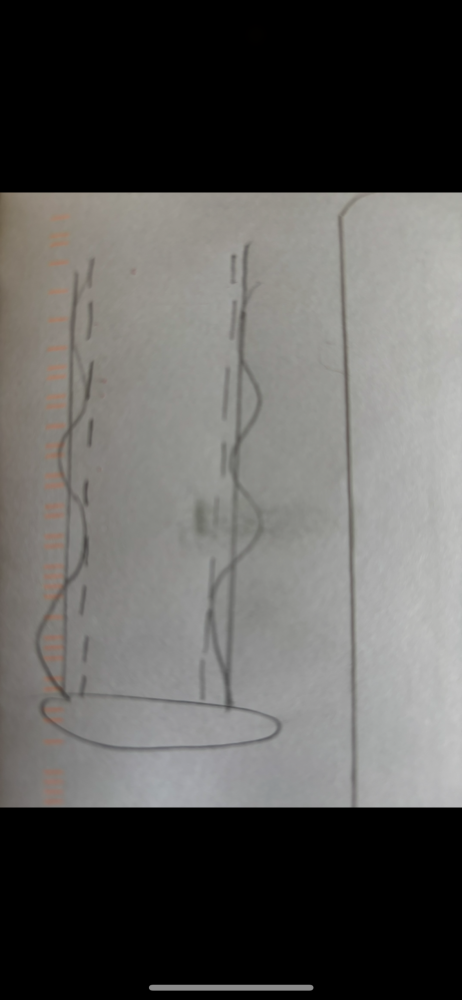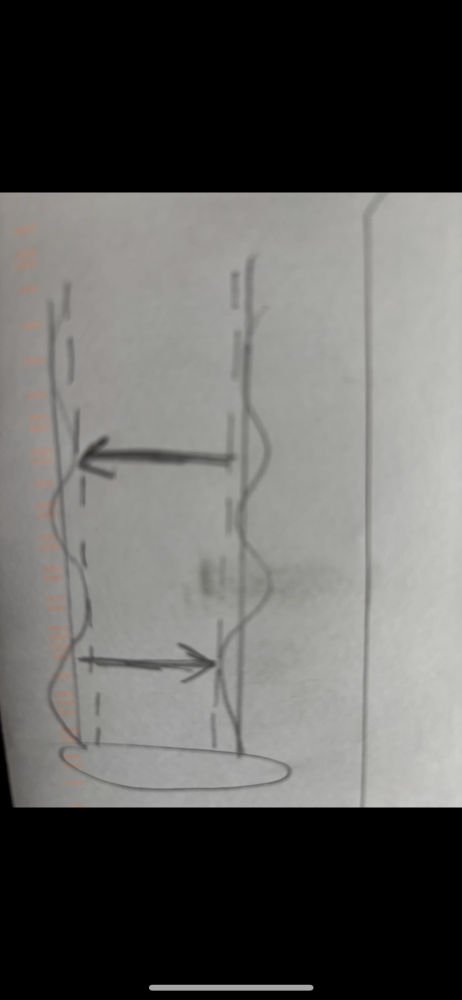Will L.
Well-Known Member
6.2. Vs 6.5 differences- oil pan, crankshaft, pistons, cylinder diameter, rear main seal, injectors. Then like always- the exterior accessories can be all over the place.
As for truing up the cylinder walls with a flat stone- that is what a 3 stone cylinder hone is for. The problem with it is- by time you use it enough to help, you have removed enough material ls that you are basically boring the cylinder and need a full bore job and 0.030 over pistons and rings. That is why the ball hone suggestion was made.
The only reason to use the ball hone is to allow new rings to seat. Doing this is not going the right way- it is the cheap way out to make improvement.
But you don’t buy the rings until the pistons are out because someone may have already bored the engine.
If you use the 3 stone and it goes to far, you have eliminated the option of running the engine without machine work and without new pistons & rings
When my glow plug pitted my piston- it made it sound like a moderate rod knock.
I didn’t panic and kept driving it because I knew the cause.
It’s still a coin flip. If it runs, just run it till it pukes/ tear it apart and see what parts are trash, what can be bandaided but know tearing it down might be the last time it is ever anything more than scrap weight. It really is a 50/50 thing.
As for truing up the cylinder walls with a flat stone- that is what a 3 stone cylinder hone is for. The problem with it is- by time you use it enough to help, you have removed enough material ls that you are basically boring the cylinder and need a full bore job and 0.030 over pistons and rings. That is why the ball hone suggestion was made.
The only reason to use the ball hone is to allow new rings to seat. Doing this is not going the right way- it is the cheap way out to make improvement.
But you don’t buy the rings until the pistons are out because someone may have already bored the engine.
If you use the 3 stone and it goes to far, you have eliminated the option of running the engine without machine work and without new pistons & rings
When my glow plug pitted my piston- it made it sound like a moderate rod knock.
I didn’t panic and kept driving it because I knew the cause.
It’s still a coin flip. If it runs, just run it till it pukes/ tear it apart and see what parts are trash, what can be bandaided but know tearing it down might be the last time it is ever anything more than scrap weight. It really is a 50/50 thing.


